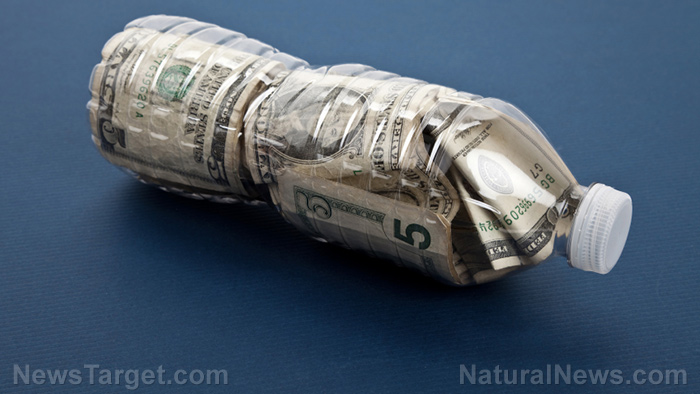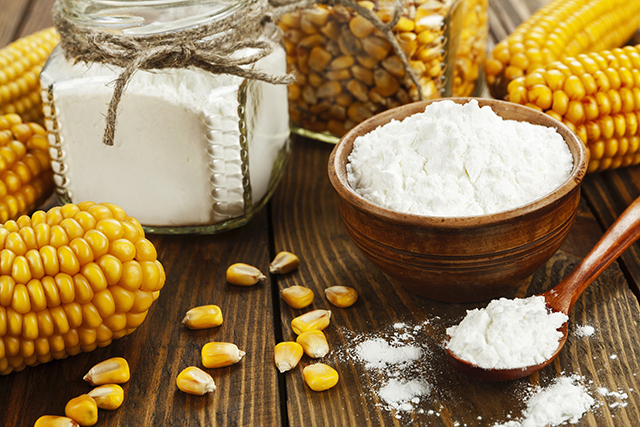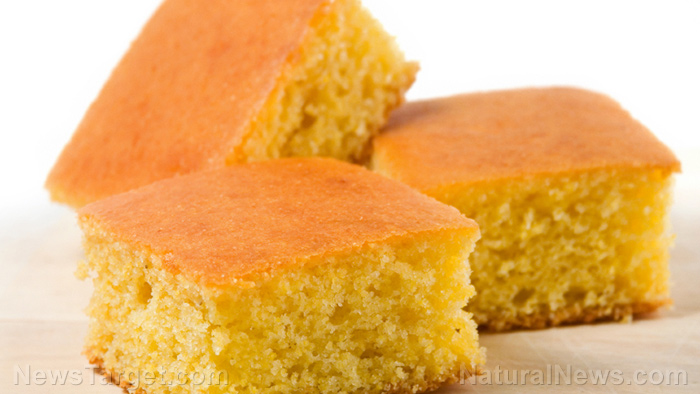Sharpening your knife without a sharpener: 5 alternatives that really work
02/08/2018 / By Jhoanna Robinson

A dull knife can pose a greater danger than a sharp one. However, sharpening a knife can be troublesome for most of us, since we either don’t have the right tools or don’t have the necessary skills to make it happen. Fortunately, we’re here to present you with five materials to help you sharpen a knife — even without a whetstone.
- Ceramic – The first proper way to sharpen a knife if you don’t have a whetstone is to use a piece of ceramic to sharpen the blade with. Most mugs are made of ceramic, so using mugs to sharpen your knife is possible. The ceramic can be used in place of sharpeners and whetstone: just utilize the ceramic the way you would typically use a regular sharpener, making three cuts both ways at a consistent angle.
- Glass – Another household item that you can use to sharpen your knife with is glass. Use the top of a car window or the top of a glass cup to do so. Make the same motions that you did the ceramic when sharpening your knife, making three cuts each way at a consistent angle until such time that the blade is already sharp.
- Steel – A third material that you can use to sharpen your knife is steel, which is a material that a knife and other cutlery are made of. You have to worry about the hardness of the steel, though. The steel on the makeshift sharpener has to be stronger than the steel on the knife that you are sharpening; otherwise, the whole exercise is pointless. Use the Rockwell scale to measure the hardness of steel on both knives.
- Sandpaper – A fourth material that can be used in this endeavor is the sandpaper. This material can be relied on if you need something rougher than steel or ceramic. To sharpen your blade, hold the paper flat, and use the paper as your sharpening stone.
- Concrete – Finally, another material that you can use to sharpen your knife with is concrete. An important thing to remember when using concrete as a sharpening tool is that it has to be relatively smooth without any clutter. You can try wetting the surface of the concrete; if you don’t want to, that’s fine. Using concrete to sharpen your knife with should be done as a last resort case as doing so has the possibility of damaging the quality of your blade.
Sharpening your knife with a good old sharpener
However, if you do have a sharpener to sharpen your knife with, you have to remember three things: proper angling, proper coarseness level, and equally sharpening both sides of the blade.
First, you have to consider the angle with which you plan on sharpening your blade with the sharpener. When you are grinding a hatchet, you want a 30-degree chopping edge. However, if it’s fine cutlery you’re dealing with, you’ll want a 10-degree edge. If you’re sharpening a knife for general use, you would want a 15-degree angle. Anything above 30 degrees or below 10 degrees will fail to make your knife sharp.
Utilize different coarseness levels for different levels of sharpness. If you have a knife that is still sharp but just needs a tune-up, use the fine side of your sharpener. However, if your knife has already become dull, start with a coarser material before you jump to a finer sharpener.
Sharpen each side of your blade for approximately the same number of times. This is because if one side is sharper than the other, the whole of the knife doesn’t get to be sharp at all. For best results, do three strokes when sharpening and then switch sides. Repeat until results are satisfactory.
For more stories on how to prepare for eventualities by getting knowledge about the most practical of things, visit Preparedness.news.
Sources include:
Tagged Under: Blade, bugout, cutlery, Gear, hacthet, knife sharpening, off grid, outdoors, preparedness, sharpen knife, survival, survival skills, wilderness



















